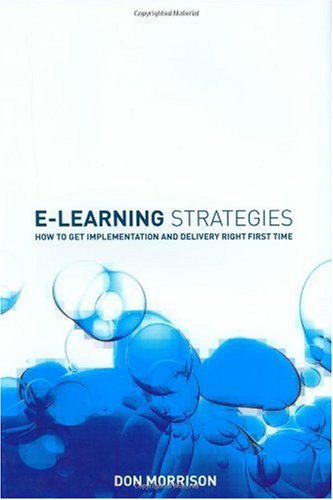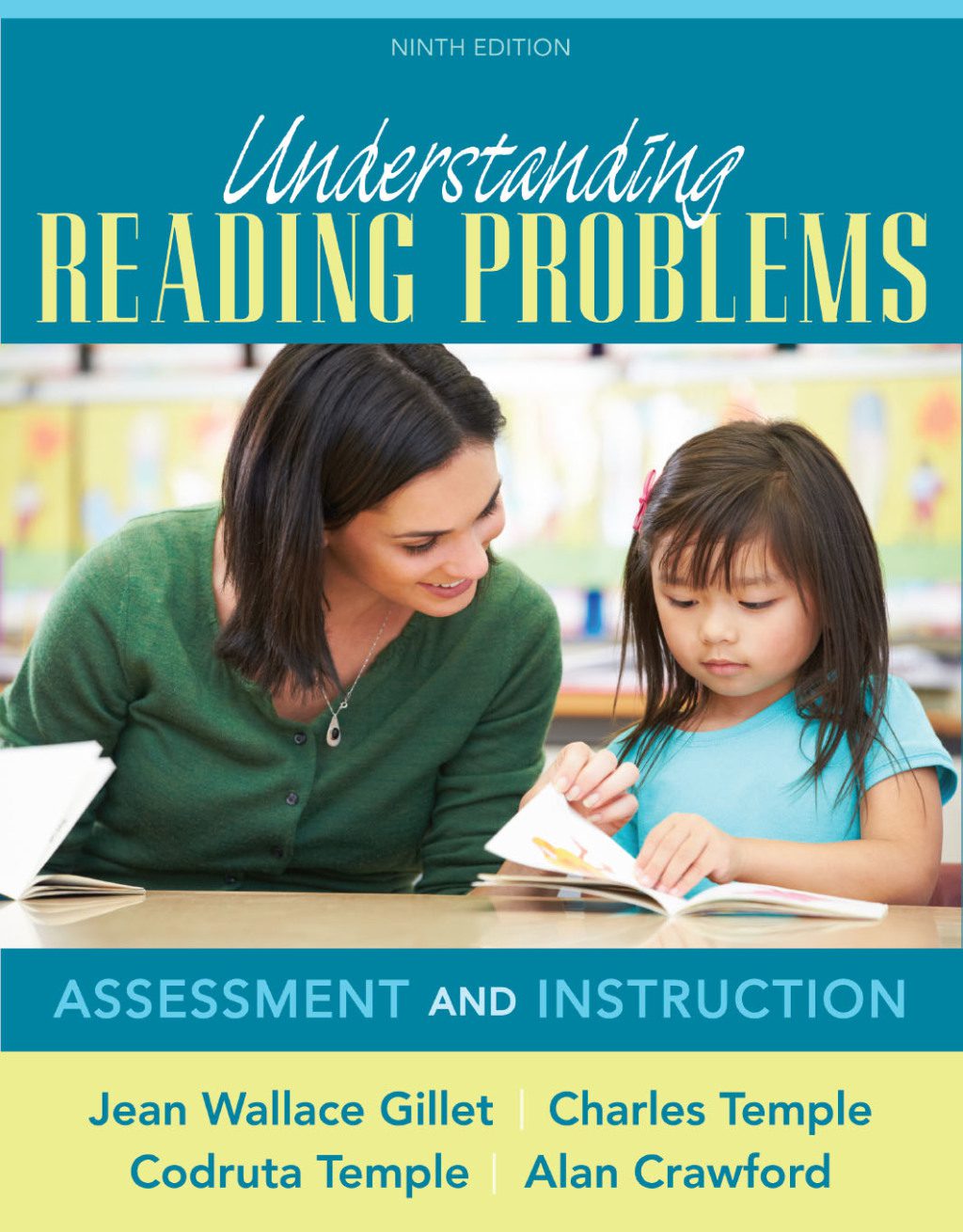Don Morrison9780470849224, 0-470-84922-3
Table of contents :
E-learning Strategies……Page 4
Copyright……Page 5
Contents……Page 8
Acknowledgements……Page 10
Introduction……Page 12
Part I E-learning primer……Page 18
1 De.ning terms: Get comfortable with e-learning……Page 20
Towards a de . nition……Page 21
Stimulated……Page 22
Asynchronous……Page 23
Knowledge Management ( KM)……Page 24
Internet technologies……Page 25
Time- critical: the key differentiator……Page 26
The elements of e- learning……Page 27
E- learning content……Page 29
Build e- learning around the learner……Page 32
The learning value chain……Page 34
How far has e- learning come?……Page 38
Is there a downside?……Page 39
Turn push into pull……Page 43
Create learner- centred content……Page 45
Personalized learning……Page 46
Fresh learning……Page 48
Authentic learning……Page 49
Solution- centred learning……Page 50
Rich learning……Page 51
Granular learning……Page 53
Self- paced learning……Page 54
Downloadable learning……Page 55
2 The new learning landscape: E-learning is here to stay……Page 58
The new learning landscape……Page 62
Does it work?……Page 63
Human capital……Page 69
The metrics challenge……Page 71
Bricks with clicks……Page 72
ROI……Page 73
Performance is the metric that matters……Page 74
You are what you measure……Page 75
Kirkpatrick: an evergreen evaluation model……Page 76
Collecting data for Kirkpatrick……Page 78
The old model gets an upgrade……Page 80
Can e- learning deliver a ROI?……Page 81
De . ning cost……Page 82
The right thing to measure……Page 85
Basic ROI ¡ª classroom learning versus e- learning……Page 89
Formulas for ROI calculations……Page 90
The challenge of calculating ROI for soft skills……Page 92
Final word……Page 98
The Learnativity Spiral……Page 101
Opening the closed loop……Page 104
Two domains……Page 105
Business Domain Cycles……Page 106
Learner Domain Cycles……Page 108
Part II Learning strategy……Page 114
5 Business drivers: The real reasons for implementing E-learning……Page 116
Common e- learning drivers……Page 117
Drivers for senior executives……Page 118
Drivers for line managers……Page 124
Drivers for learning and HR departments……Page 125
What and why……Page 129
Alignment……Page 131
Barrier # 1: The e- learning industry……Page 132
Barrier # 2: Time……Page 133
Involve stakeholders……Page 134
SWOT……Page 135
Vision……Page 138
Business case……Page 139
Learning value chain……Page 140
Infrastructure and technology……Page 142
Content……Page 143
Culture……Page 146
Transition……Page 148
Risk register……Page 149
Schedules, milestones……Page 150
Part III Implementation……Page 152
7 The project team: Who you need . . . what they do. . …….Page 154
Build team: roles and responsibilities……Page 155
Delivery team: roles and responsibilities……Page 163
8 Infrastructure: Denial isn’t an option……Page 167
Outsourcing: good news, bad news……Page 168
Don¡¯t confuse global with uniform……Page 169
Scalability……Page 170
Latency and replication……Page 171
Content Delivery Networks……Page 172
Bandwidth……Page 173
Concurrent users……Page 174
Gather information……Page 175
Plan for success……Page 176
Single or multiple vendors……Page 178
Getting to know vendors……Page 182
The vendor selection process……Page 183
An RFI model……Page 186
De . ning terms……Page 191
Business bene . ts drive everything……Page 196
A long- term commitment……Page 198
Integration……Page 199
Time and cost……Page 200
The LMS market……Page 201
RFP……Page 203
Evaluation checklist……Page 204
Vendor references……Page 212
Content integration test……Page 214
Gap analysis……Page 215
Scorecard……Page 216
The . nal selection……Page 217
11 Testing: Mission-critical, not nice to have……Page 219
Testing strategy……Page 220
More about environments……Page 221
Types of testing……Page 223
Content test environment: third- party testing……Page 229
Content and application test environments: UAT……Page 230
How to rate issues……Page 232
Part IV Delivery……Page 236
Blended learning……Page 238
Channel strategy……Page 239
A dynamic approach to delivery channels……Page 240
Challenging assumptions about delivery channels……Page 241
Speed to market……Page 243
Cost……Page 244
Content: Lifecycle……Page 245
Learner base: Geographic spread……Page 246
Learner base: E- learning experience and access……Page 247
13 Learner support: Learning with the aid of a safety net……Page 248
Help desk……Page 249
Level 1: Online help . les……Page 250
Level 4: Content support……Page 251
Level 5: Content support……Page 252
14 Developing curricula: Signposted paths to performance
improvement……Page 253
The role of learning objects……Page 255
Competency model……Page 256
Courses and curricula……Page 257
Evaluation……Page 258
15 E-learning standards: Protecting investment and leveraging
technology……Page 260
The standards lifecycle……Page 261
The bene . ts……Page 262
A pragmatic approach……Page 263
Who¡¯s who in standards……Page 265
16 Instructional design: Must try harder……Page 270
Well- trodden ISD paths……Page 271
ISD and learning objects ¡ª Cisco¡¯s approach……Page 277
An ISD architecture……Page 282
Content development and the business……Page 290
Learning objects……Page 292
Rapid development……Page 295
Development costs……Page 297
Banana skins……Page 299
Buy or build……Page 303
Managing development……Page 305
Key documents……Page 306
Quality……Page 312
Content wrapper……Page 313
Authoring tools……Page 315
Part V Case Studies……Page 318
18 PwC Consulting case study: Integrating learning and knowledge……Page 320
Business background……Page 321
Integration……Page 324
The drivers……Page 325
The value proposition……Page 326
SMARTS……Page 328
Funding……Page 330
Evaluation……Page 331
Knowledge Management……Page 332
Hierarchy of needs……Page 335
Blended learning……Page 336
Postscript……Page 337
Business background……Page 339
E- learning: Early drivers……Page 342
BP¡¯s learning structure……Page 344
Current drivers for e- learning……Page 345
Digital learning: what and how……Page 346
The E- Learning Toolkit……Page 347
Routes to market……Page 349
The future for digital learning……Page 350
20 The Royal Bank of Scotland Group case study: Delivering in an
immature market……Page 353
Business background……Page 354
The business case……Page 355
A custom LMS……Page 356
Implementation……Page 357
Content……Page 359
National Westminster acquisition……Page 360
Relationship with the business……Page 361
Future developments……Page 362
Business background……Page 364
Learning Management System……Page 366
ROI and evaluation……Page 367
Content……Page 368
How learning is managed……Page 369
Future directions……Page 370
Part VI Future Directions……Page 372
Consolidation……Page 374
Simulation……Page 376
Mobilization……Page 378
Permeation……Page 380
Appendix 1: E- learning newsletters……Page 381
Appendix 2: Online resources……Page 384
Appendix 3: Glossary……Page 391
Index……Page 406
file:///C|/Documents and Settings/me/デスクトップ/desktop/pictures/getpedia.html……Page 0







Reviews
There are no reviews yet.